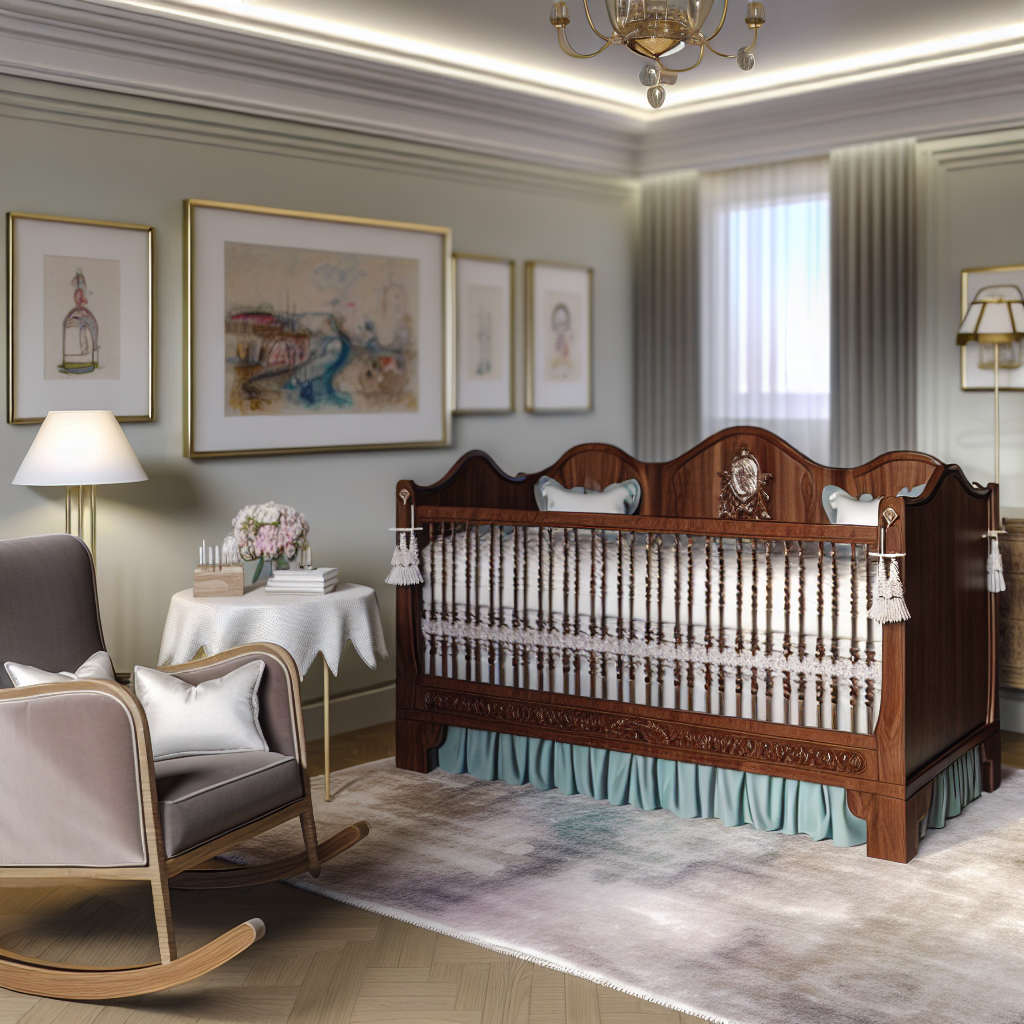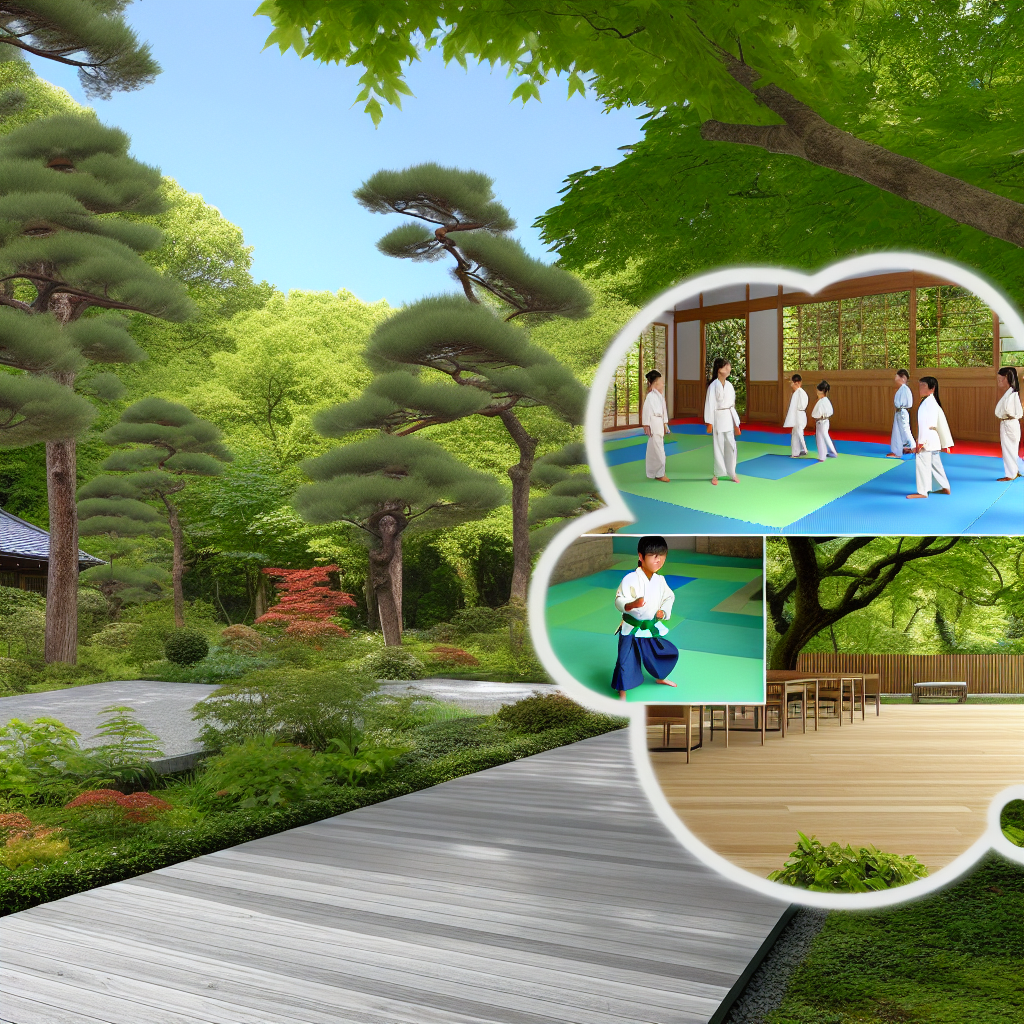Ultra-Luxury Custom Nursery Furniture: Designer Décor Essentials
Introduction: A New Standard in Nursery Design
For parents of means, designing a nursery is not just about creating a safe space—it’s about crafting an impeccable sanctuary that reflects their lifestyle, aesthetic values, and commitment to the well-being of their newest family member.
As modern parenting continues to encompass a holistic approach to luxury nursery design and wellness, ultra-luxury custom nursery furniture has emerged as more than just a trend—it’s a meaningful statement. These hand-crafted, design-forward pieces blend aesthetics, technology, and function to enhance the experience for both parent and child.
High-end nursery décor today moves far beyond plush rugs and curated color palettes. High-net-worth individuals are commissioning bespoke cribs from European artisans, crafted from rare woods like American walnut or sustainably harvested white oak. In parallel, others seek out custom upholstery finished in organic cotton, cashmere, or hypoallergenic wool blends—often personalized with embroidery or monogramming, echoing the attention to detail seen in couture fashion.
The result is a unique and intentional environment that promotes sensory development, emotional calm, and long-term usability. These elevated spaces not only complement the rest of the home’s luxury design but also serve as a nurturing haven tailored to both baby and parent.
Furthermore, custom nursery design acknowledges the long-lasting impact that early environments have on an infant’s neurological and emotional development. By integrating soothing color psychology, ergonomic furniture designs, and sustainable materials, these luxury nurseries become both beautiful and beneficial.
As affluent families prioritize eco-conscious and wellness-forward living, designers are focusing on non-toxic materials, zero-VOC finishes, and FSC-certified woods. Today, investing in ultra-luxury nursery furniture is no longer merely indulgent—it’s an intentional choice that supports health, sustainability, and heirloom-level craftsmanship.
From convertible luxury cribs that grow with your child to armoire-style changing stations adorned with hand-gilded finishes, the era of off-the-shelf baby furniture is over. Bespoke nursery solutions offer families both aesthetic harmony and developmental integrity from day one.
Wellness & Design: What Science Says About Smart Nursery Choices
The décor and structure of a child’s early environment play a vital role in their cognitive development, emotional stability, and physical health. Scientific research is increasingly supporting the importance of well-designed, toxin-free, and harmonious spaces—especially during infancy.
A 2018 review in the Journal of Environmental Psychology highlighted the positive effects of biophilic and ergonomic design in reducing stress and promoting emotional regulation among infants and toddlers. The study found that natural materials like untreated wood and organic textiles, paired with soft diffuse lighting and gentle acoustics, can reduce cortisol levels in infants—a key hormone in stress response.
These findings support the popularity of natural hardwood cribs, organic bedding, and soft color palettes in nurseries designed for tranquility and mindfulness. Selecting furnishings made from pure or sustainably-sourced materials not only enhances beauty but contributes directly to a calming, balanced environment.
The American Academy of Pediatrics (AAP) has long advocated for non-toxic play and sleep spaces. Their recommendations include using zero-VOC finishes and avoiding flame retardants and synthetic glues that may contain hazardous particles. Forward-thinking furniture brands like ducduc and Kalon Studios are pioneers in offering green-certified baby furnishings that strictly align with these safety guidelines.
In addition, a 2020 study published in Early Child Development and Care examined how spatial harmony affects infants. The research indicated that thoughtfully coordinated room layouts and calming aesthetics promote better sleep patterns and emotional resilience. Subtle design elements such as curvature in cribs, neutral or pastel tones, and sound-dampening fabrics all cultivate an optimized environment for restorative rest.
High-end nurseries often include orthopedic-certified crib mattresses, which provide proper spinal alignment and pressure point support crucial for infant development—yet another reason design should marry science in nursery spaces.
Finally, wellness design principles established by the WELL Building Standard are quickly being adapted into nursery interiors. Elements such as air-purifying natural woods, hypoallergenic textiles, dimmable layered lighting systems, and acoustic treatments resonate strongly with health-conscious families.
In essence, ultra-luxury nursery furniture is more than a design preference. It reflects modern parenting values, data-backed wellness strategies, and ethically sourced craftsmanship. Each piece becomes a building block in a baby’s physical, emotional, and mental growth—all while celebrating refined aesthetics.
Conclusion: Where Elegance Meets Early Development
A thoughtfully curated nursery is more than a room—it’s the gateway to a child’s earliest connections with the world. By embracing custom, wellness-inspired nursery design, parents offer more than just visual beauty: they offer safety, emotional grounding, and developmental advantage.
Whether it’s a hand-crafted crib sculpted from European walnut or a bespoke armoire with mother-of-pearl inlay, every piece should reflect artisanal quality, non-toxic integrity, and intentionality. These nurseries go far beyond décor—they act as catalysts for healthier growth and more peaceful parenting.
In a modern world where style, science, and sustainability intersect, investing in an ultra-luxury nursery is an act of love, elevating both form and function to extraordinary levels.
References
1. Journal of Environmental Psychology
2. American Academy of Pediatrics Policy on Environmental Hazards
3. Early Child Development and Care Study
4. WELL Building Standard

Dominic E. is a passionate filmmaker navigating the exciting intersection of art and science. By day, he delves into the complexities of the human body as a full-time medical writer, meticulously translating intricate medical concepts into accessible and engaging narratives. By night, he explores the boundless realm of cinematic storytelling, crafting narratives that evoke emotion and challenge perspectives. Film Student and Full-time Medical Writer for ContentVendor.com




